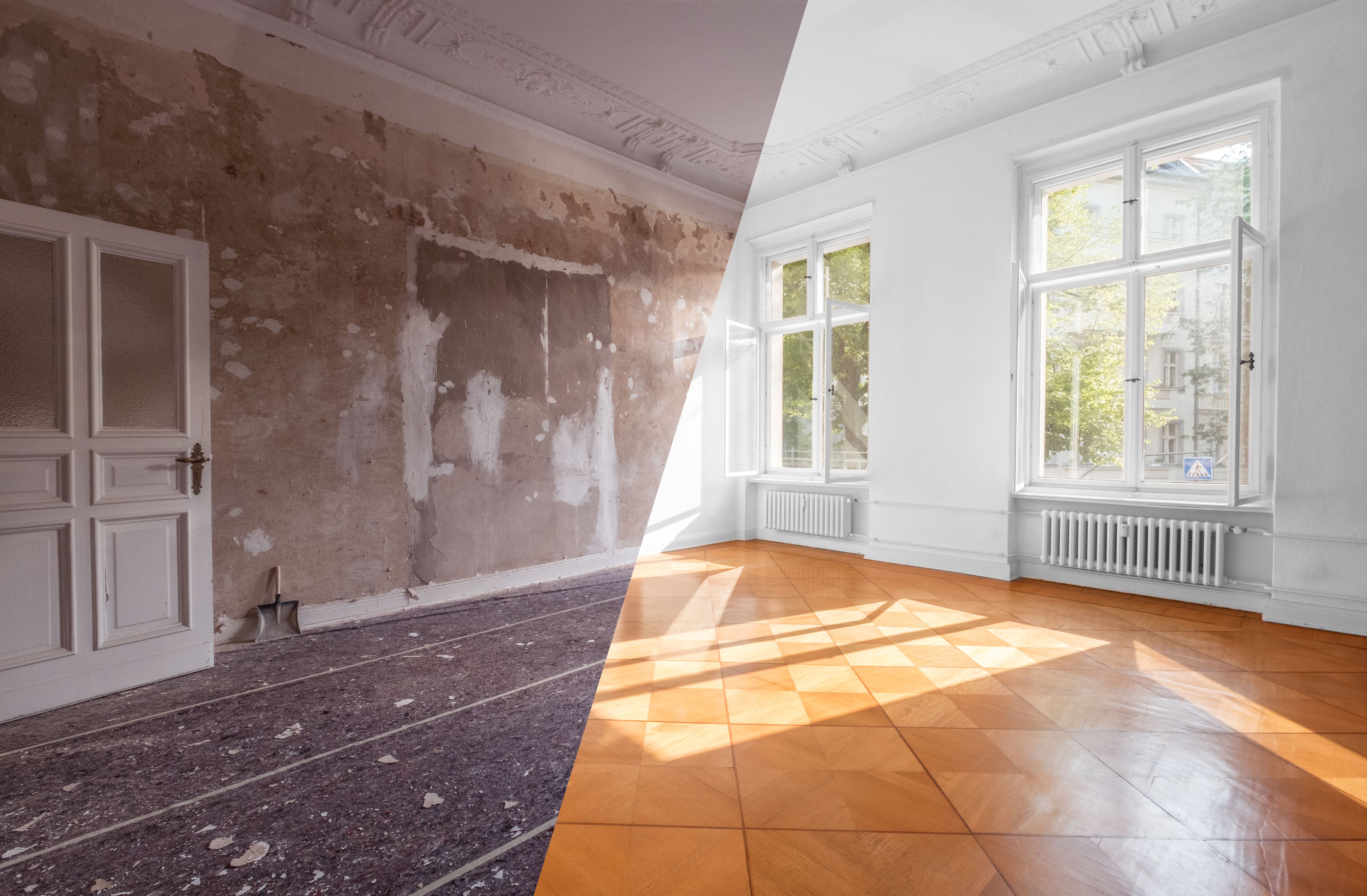Eco-Friendly Strip Out Services: How to Reduce Waste and Recycle Materials
February 19, 2025

Environment protection has become very important in every business sector. To protect the environment from demolition work, adopt a strip-out service. It focuses on removing non-structural elements safely before starting the demolition or refurbishment work. Eco-friendly strip-out service aims to reduce environmental impacts. But how does it do so? Reducing demolition waste also helps reduce landfills. In this blog, we will take you on the journey of reducing construction waste. You will learn the ways to utilise strip-out techniques to get the job done properly.
The Importance of Sustainable Strip Out Services
In 2022, England produced approximately 63 million tonnes of construction and demolition waste. However, 59.4 million tonnes of waste were recovered. With such a massive generation of construction waste, the environmental impact will be significantly higher. Eco-friendly strip-out processes focus on reducing waste materials and reusing them to lower financial costs. This not only reduces waste generation but also requires fewer resources. Site Waste Management Plans (SWMPs) are now one of the legal requirements in the UK to reduce construction waste or demolition waste. It perfectly aligns with the sustainable strip-out approach.
Key Strategies for Reducing Waste During a Strip Out
Let's examine some essential strategies for implementing an eco-friendly strip-out process. Pre-planning, selective dismantling, and recycling can be promising.
Pre-Demolition Planning Surveying
the site is most important before starting a strip-out process. This will help you properly plan for, reuse, and reduce construction waste materials, reducing environmental and landfills impact. Outline a waste management plan before starting the strip-out process. It will help manage waste generation due to refurbishment or demolition. Proper planning will help carefully remove asbestos and other hazardous materials. Besides, you will be able to differentiate concrete waste and non-structural waste materials like windows, ceilings and others.
Selective Dismantling Over Demolition
When you choose to demolish a building, there isn't much left to recycle. However, when you deconstruct the building, you can recycle waste materials. You can do so more efficiently with a manual deconstruction process. Using mechanical demolition techniques may not be suitable for eco-friendly soft strip demolition. After the complete strip-out process, focus on differentiating construction waste materials on-site. This will help you decide which materials can be recycled and which must be removed.
Salvaging and Reusing Materials
In the post-deconstruction stage, you can identify doors, windows or any furniture that can be reused and recycled. For example, when you see the old wooden door from the old building, you realise it is still usable. Similarly, old types of furniture are also usable, which you can differentiate during the post-deconstruction stage.
Recycling Strategies for Strip Out Waste
You might see different types of building waste when you strip out a building. This may include concrete, glass, wood, metal and many others. You need a proper strategy to recycle or discard them to the waste dumping ground.
Concrete & Bricks
You may find concrete or broken breaks during the deconstruction phase. You can crush the concrete materials and use them as a new driveway base. Besides, you can reuse bricks or crush them into aggregates.
Metals
Metal waste, such as steel rods in the reinforced concrete structure. First, identify which type of metal you are dealing with. It can be copper, aluminium or steel; depending on their types, you can get value for your product. The result is a lower landfill, receiving monetary value against waste material and reducing the requirement for new metal parts.
Wood
You can look for furniture or doors and windows that are made of wood. See their condition and determine if they can be reused. Hence, you can recycle materials made of wood.
Glass & Plastics
These two materials can cause hazards on site if not appropriately managed. Collect all the pieces of glass and plastic and separately send them to the recycling point. Discarding these materials will only increase the risk to environmental humans.
The Role of Professional Strip Out Contractors in Sustainable Waste Management
A professional strip-out contractor can help you reduce construction costs. When you can salvage old building materials and reuse them in the next phase of construction, your overall cost gets reduced. Besides, a professional strip-out contractor can focus on protecting the environment. He can use advanced techniques to reduce waste materials during the strip-out process. A professional contractor focusing on an eco-friendly strip-out approach manages to reduce the environmental impact.
Conclusion
In a nutshell, eco-friendly strip-out services help reduce costs, impact on the environment and help follow regulatory compliance. For example, in the UK, you must manage your own construction waste. Otherwise, you will be fined. A professional contractor focusing on eco-friendly strip-out helps you properly reduce and manage construction waste. Contact the Strip Out Company today if you are looking for an eco-friendly strip-out contractor.
Recent Blogs
- How to Minimise Operational Downtime for Strip Out in Retail and High Street Stores in the UK
- Summer Holiday Strip-Out Projects: Preparing Educational Buildings for Major Upgrades
- A Comprehensive Guide to Soft Strip Demolition for Warehouses in the UK
- Strip Out for Restaurants & Pubs: Renovation Without Disruption
- Eco-Friendly Strip Out Services: How to Reduce Waste and Recycle Materials